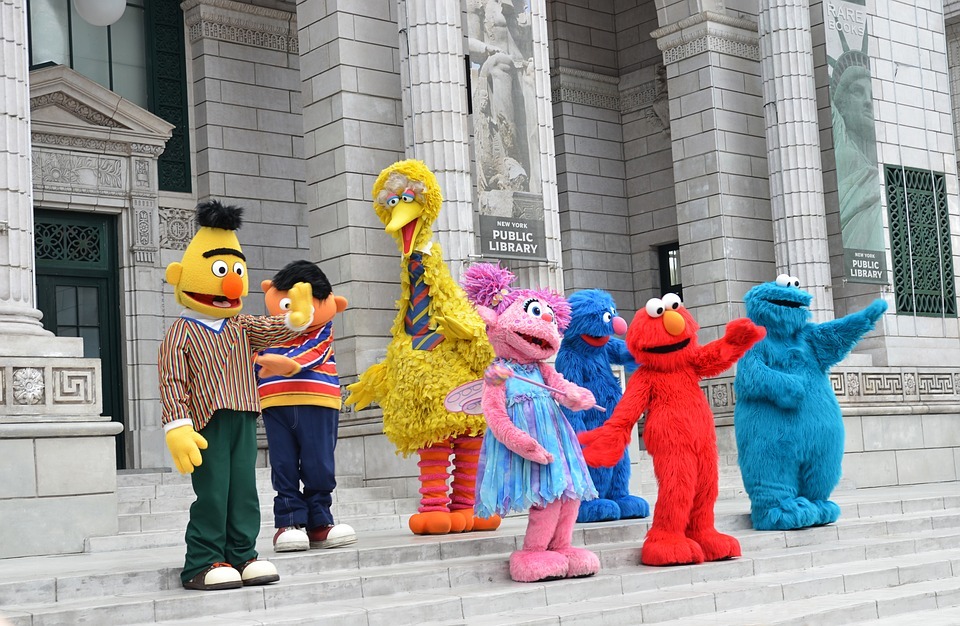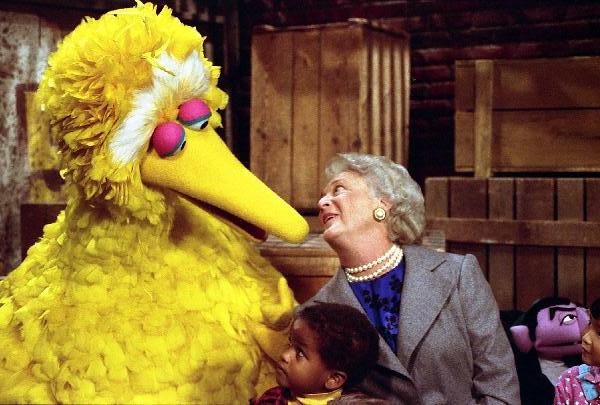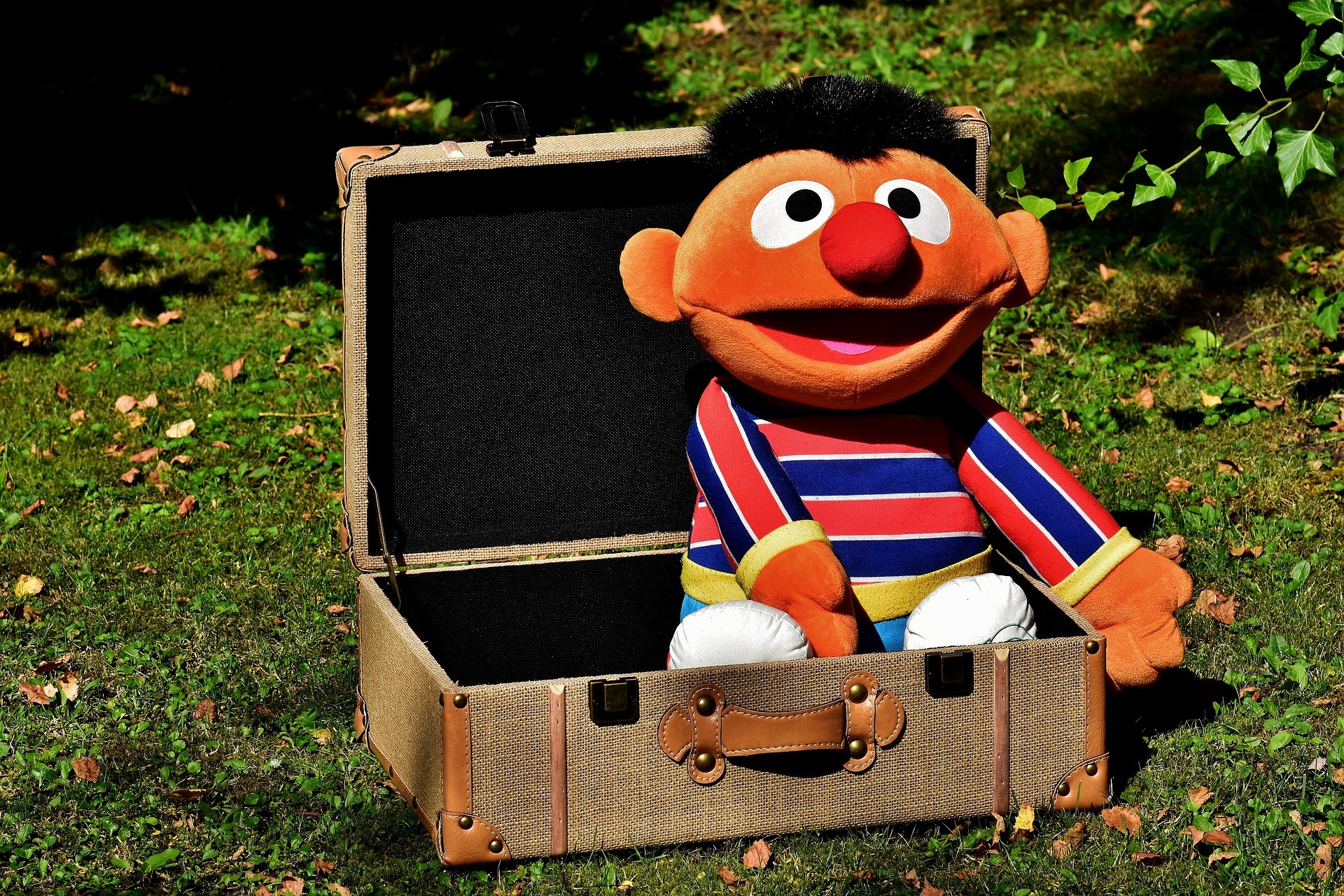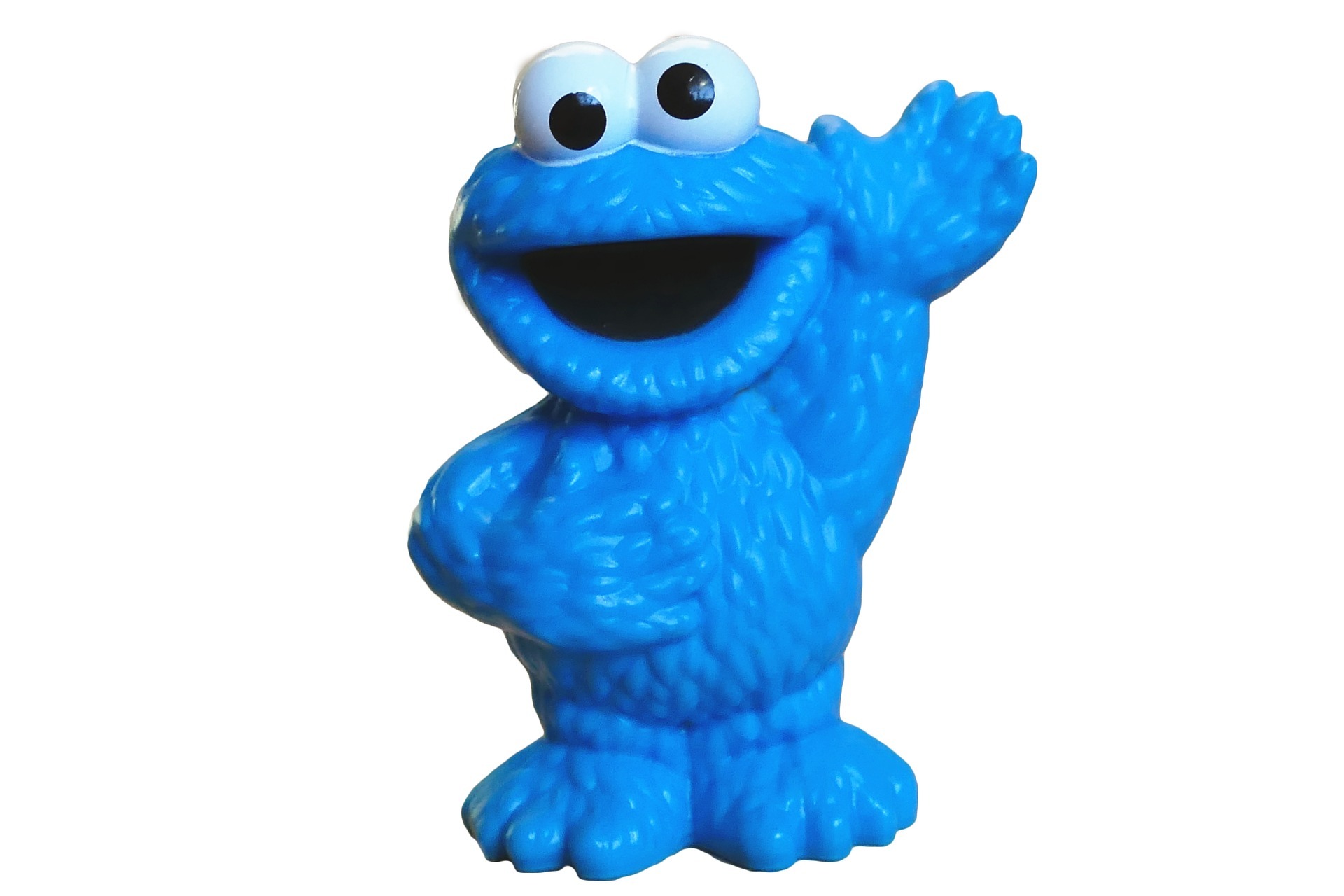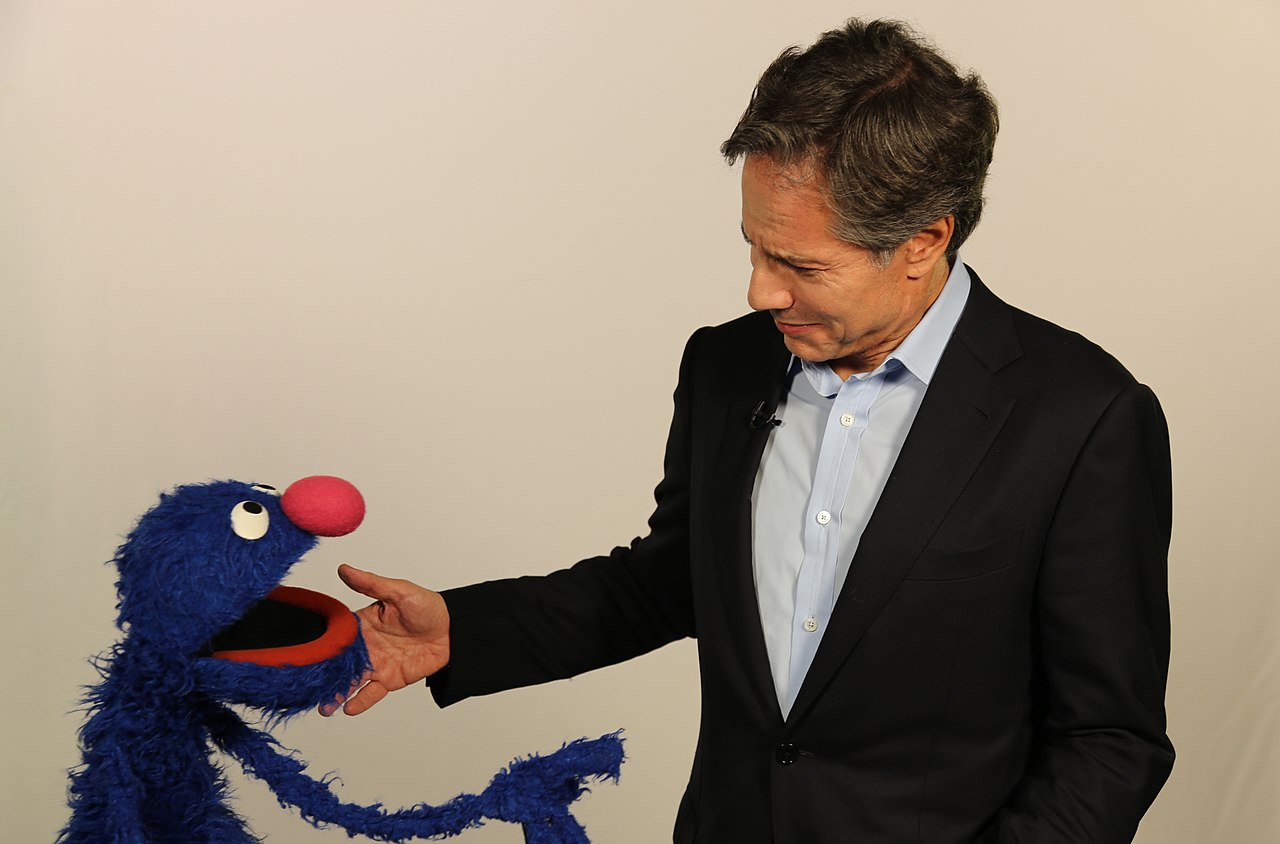Sesame Street is an educational TV program that is designed especially for preschoolers. It is considered to be a pioneer of the contemporary standard that combines education and entertainment in children’s TV shows.
By utilizing music, humor, and storytelling, Sesame Street aims to both educate and amuse young viewers. The program was developed with the intention of giving low-income children who might not have had access to pre-school educational possibilities. The program’s founders hoped to utilize television as a tool to bridge the achievement gap in learning and help kids get ready for academic success.
The show uses a combination of live actors, puppets, and animation to teach preschoolers and young children simple arithmetic, letter and word recognition, cognitive processes, and classification. And as the show continued, it also teaches children other instructional goals that are focused on basic life skills like road safety, proper hygiene, and healthy eating habits.
The show uses a combination of live actors, puppets, and animation to teach preschoolers and young children simple arithmetic, letter and word recognition, cognitive processes, and classification. And as the show continued, it also teaches children other instructional goals that are focused on basic life skills like road safety, proper hygiene, and healthy eating habits.
Sesame Street is produced by the Sesame Workshop in the United States. The children TV show premiered on November 10, 1969, on the National Educational Television Network but later moved to the Public Broadcasting Service later that year. It has a total of 49 seasons with 4,526 episodes.
Several of the Sesame Street character’s names are either puns or cultural references that only a slightly older audience would understand like Flo Bear (Flaubert), H. Ross Parrot, a parody of the Reform Party Founder H. Ross Perot, and Sherlock Hemlock, a parody of Sherlock Holmes. The show also had a handful of popular guest appearances such as James Earl Jones, Stevie Wonder, and Kofi Annan. Sesame Street is a show that doesn’t just entertain and educate kids, they also involve the parents in the educational process.
History of the show
Sesame Street was created in 1966 when television producer Joan Ganz Cooney and Carnegie Foundation’s vice president Lloyd Morrisett was having a discussion about creating a children’s television show that would be entertaining enough just like any other television show but at the same time, it should be educational. “To master the addictive aspects of television and do something positive with them” – as their goal, they set out to produce a children’s television program that would aid young viewers in getting ready for school.
After two years of research, the Children’s Television Workshop received a total of eight million dollars contribution from the Carnegie Foundation, Ford Foundation, The U.S Federal Government, and the Corporation for Public Broadcasting. Thus, Sesame Street was produced and it was the first preschool educational TV show that based its contents and production on laboratory and formative research.
The 1980s saw the success of the show continue. When the federal government stopped subsidizing CTW in 1981, the company extended its use of other revenue streams, such as its magazine section, book royalties, product licensing, and overseas broadcast earnings.
More affective subjects like relationships, ethics, and emotions have become covered in its curriculum. Its creative team, cast, and crew have drawn inspiration from their experiences for many of its plot lines.
At the beginning of the 21st century, Sesame Street made major structural changes like when the format became more narrative in 2002 and it included ongoing storylines. And in 1999, just after the show’s 30th anniversary, one of the most popular Muppet, Elmo, had his own segment in the show entitled “Elmo’s World”. Sesame Street received a Lifetime Achievement Emmy at the 36th Daytime Emmy Award in 2009 the same year when they celebrated the show’s 40th anniversary.
All the episode of Sesame Street is filmed in New York City. The show was originally taped in Teletape Studios in Manhattan but after Sesame Street’s 25th anniversary, the show expanded and needed more space that is why they transferred the filming at the Kaufman Astoria Studios in Queens. By 2009, Sesame Street was broadcasted in 120 countries and has over 20 international versions.
Format
Sesame Street uses a format that has a fast-moving action, humor, strong visual style, and music. When the show premiered, researchers believed that young children have short attention spans that is why the new producers of the show were concerned that Sesame’s hour-long time slot would not hold their audience’s attention. That is why at first, the show consisted of character-driven interaction and not as ongoing stories. They are made up of individual and curriculum-based segments that are interrupted by inserts of short films, puppet sketches, and animations.
The format of the program combines several aspects and methods used in broadcast television production that has changed through time to reflect changes in American culture and viewers’ viewing preferences. It was the first children’s TV program whose educational effects were systematically investigated and whose content was shaped by educational objectives and a curriculum. It has undergone considerable format and content revisions to reflect changes to its curriculum.
Shortly after it was created, its creators came up with what became known as the CTW Model, a planning, production, and assessment framework based on cooperation between creators, authors, educators, and researchers. Public and private foundations previously supported the program, but thanks to its earnings from global sales, licensing deals, and other media, it is now relatively a self-supporting company.
When the show reached their 20th season, researchers of the show found out that children were able to follow a story that is why the street scenes, while still combined with other segments, became evolving storylines.
In 1998, the 15-minute long segment of Muppet Elmo called “Elmo’s World” was created. And during the show’s 45th anniversary, Elmo’s segment became a half-hour program which completed the full-hour of Sesame Street. It was both broadcasted every weekday afternoon and streamed on the internet.
Characters
Sesame Street is known for its multicultural elements that is why its casting included young people, disabled people, black actors, Hispanic actors, senior citizens and many more. The same goes for the Muppet characters who come in different sizes, shapes, colors, and various animals and humanoids such as monsters, Grouches, Honkers, Birds, and Dingers. Even if they have their own perspective and unique way of communicating with others, they still live in peace and harmony. The producers of Sesame Street wanted to set an example for the young viewers not to prejudge others because of what they look like.
Most of the Muppet characters represents a specific stage of early childhood. And their scripts are specially written to reflect the developmental level of children of that age. Sesame Street also addresses fears, concerns, and interests of children at different age levels.
These characters contribute a rich tapestry of personalities and perspectives that help to make “Sesame Street” a distinctive and interesting educational program for kids, together with the show’s other puppets, human actors, and animated elements.
Here are the most well-known characters of the show:
1. Bert and Ernie: Bert and Ernie are best buddies who reside together in an apartment on Sesame Street. Ernie is more spontaneous, free-spirited, and loves to have fun, but Bert is known for his practicality and love of order. The pair’s opposing personalities serve as a source of humor and serve to highlight the importance of friendship and cooperation.
2. Elmo: Elmo is a red monster with an infectious laugh and limitless energy. He is a fan favorite among young children and one of the most well-liked characters on the show.
3. Big Bird: a yellow bird with a reputation for simplicity, curiosity, and innocent wonder. He plays a significant role in the show and acts as a friend and mentor to the other characters as well as the younger viewers.
4. Cookie Monster: a blue monster with an endless craving for cookies. He is a favorite of the audience and adds fun and enthusiasm to the program.
5. Oscar the Grouch: a grumpy, green Grouch who resides in a garbage bin. He has a soft side and frequently provides laughter on the show despite his grim appearance.
6. Grover: is a blue monster with a reputation for being self-assured and passionate about education. To the other characters, as well as to the younger viewers of the program, he acts as a mentor and friend.
Influence
With over 1,000 research studies about Sesame’s Street’s impact and effect on American culture, almost all of it showed that the show had a significant educational impact to its audience and Sesame Street continued to have a positive effect on young children.
One of the earliest programs to use television as a method of teaching young children was “Sesame Street.” It contributed to solidifying the notion that television may be used to impart knowledge and served as an example for various programs that came after it.
Sesame Street has earned the distinction of being one of the world’s first highly regarded educators of children. Only a few television series can match Sesame’s level of recognition and success on the international scale. Sesame Street also won more Emmy Awards than any other program. It also managed to capture affections of millions of viewers all throughout the globe.
Both its educational content and the quality of its production set a high bar for children’s television. It encouraged producers of other shows to aim for the same levels of inventiveness and academic quality.
Sesame Street has persevered in popularity and adoration among generations of kids and adults despite the numerous changes in children’s television over the past 50 years. Millions of people’s childhoods have been influenced by the show’s characters and plot lines, which have become a significant component of its culture.

